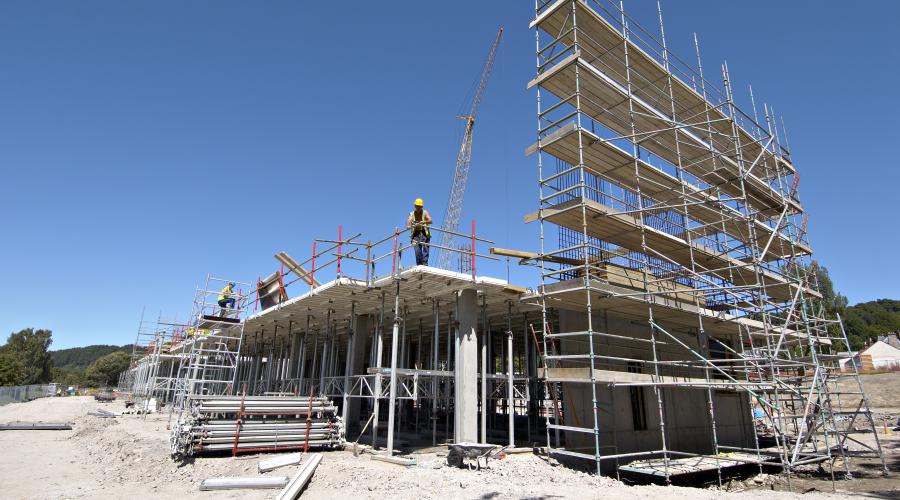
Carbon and Peatland 2016 map
This map is a useful guide to screen where areas of peatland are likely to occur
The Carbon and Peatland map 2016 is available for download as a Geographic Information Systems (GIS) shape file from our Open Data Hub (Renewables category). You can also view this map and download data on the Scotland's Soils Website.
What the map is
A tool to use in the site selection process for development to screen where areas of peatland are likely to occur.
The map is a predictive tool which provides an indication of the likely presence of peat on each individually mapped area, at a coarse scale. The types of peat shown on the map are:
- carbon-rich soils
- deep peat
- priority peatland habitat
These are available in a consolidated spatial dataset. They can help to inform the scoping stage of an Environmental Impact Assessment (EIA) and provide a framework for site selection, environmental assessment and decision-making. The map should not be regarded as definitive; developments on peat will always require a recent peat and vegetation survey to confirm the quality and distribution of peatland across the whole development area. The map should be used as a tool for identifying likely locations where these surveys will be required. Guidance on peat depth surveys can be found here
What the map shows
The map shows five different classes of peat soils. Class 1 and 2 are solely, or are dominated by, land with peat soil and peatland priority habitats. Class 5 is peat soil >50cm but currently without peatland habitats. Class 3 is peaty soil with some/mostly peat forming vegetation.
Further reading
our approach to advising on developments affecting peatland, carbon-rich soils and priority peatland habitats is set out in the guidance Advising on peatland, carbon-rich soils and priority peatland habitats in development management.







